From Project Syndicate:
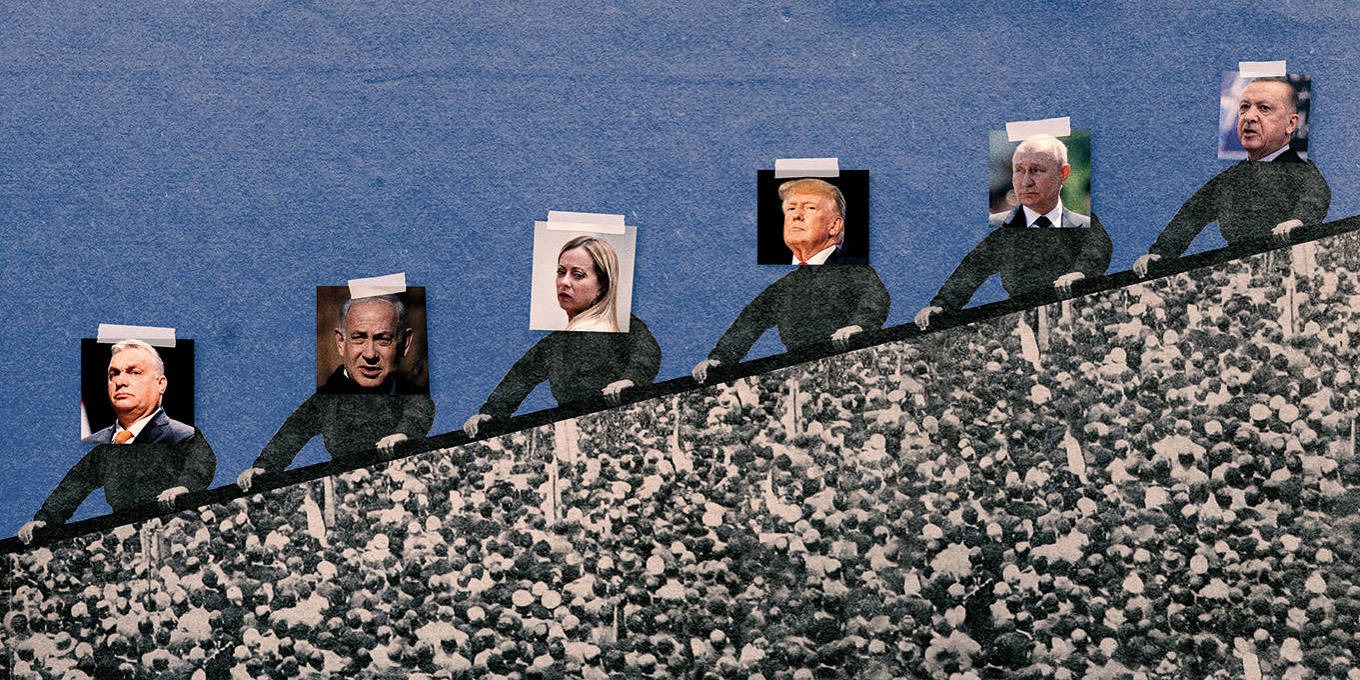 Over the past decade, Ruth Ben-Ghiat has emerged as one of the English-speaking world’s leading experts on, and chroniclers of, authoritarian leaders in the twenty-first century. A professor of history and Italian studies at New York University and the author of Strongmen: Mussolini to the Present, she warns against complacency in the face of growing threats to democracy around the world.
Over the past decade, Ruth Ben-Ghiat has emerged as one of the English-speaking world’s leading experts on, and chroniclers of, authoritarian leaders in the twenty-first century. A professor of history and Italian studies at New York University and the author of Strongmen: Mussolini to the Present, she warns against complacency in the face of growing threats to democracy around the world.
Project Syndicate: What is your working definition of a twenty-first-century “strongman”? Or more specifically, which contemporary political leaders do you include in this category, and what features do they share?
Ruth Ben-Ghiat: I use the term strongman for authoritarian leaders who damage or destroy democracy using a combination of corruption, violence, propaganda, and machismo (masculinity as a tool of political legitimacy). A strongman’s personality cult elevates him as both a “man of the people” and “a man above all other men.” Authoritarianism is about reorganizing government to remove constraints on the leader – which in turn allows him to commit crimes with impunity – and machismo is essential to personality cults that present the head of state as omnipotent and infallible.
Strongmen, as I define them, also exercise a form of governance known as “personalist rule.”
More here.

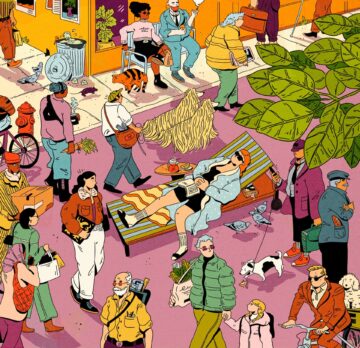 Y
Y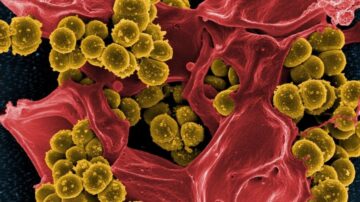 Humans and bacteria are in a perpetual war.
Humans and bacteria are in a perpetual war.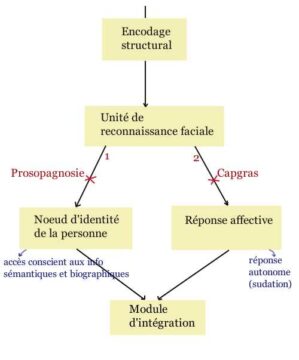 M
M Dear Reader,
Dear Reader,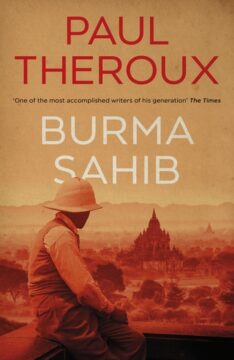 George Salis: Your latest book is
George Salis: Your latest book is  A small, unassuming fern-like plant has something massive lurking within: the largest genome ever discovered, outstripping the
A small, unassuming fern-like plant has something massive lurking within: the largest genome ever discovered, outstripping the 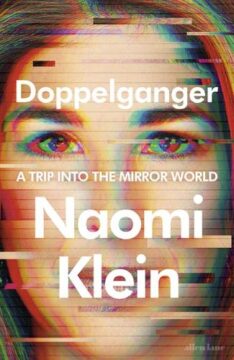 It is a matter of being able to identify the true conspiracies, recognise genuine injustices and abuses of power, distinguish between credible and dubious information, plausible and implausible explanations. Klein makes a point of acknowledging that the irrational theories she examines in Doppelganger often arise from a justified sense that something is wrong – large pharmaceutical companies, for example, have real histories of unethical conduct and they really did make out like bandits during the pandemic. The question she confronts is how, and why, the valid instinct to distrust the powerful ends up being rerouted into bizarre fantasies.
It is a matter of being able to identify the true conspiracies, recognise genuine injustices and abuses of power, distinguish between credible and dubious information, plausible and implausible explanations. Klein makes a point of acknowledging that the irrational theories she examines in Doppelganger often arise from a justified sense that something is wrong – large pharmaceutical companies, for example, have real histories of unethical conduct and they really did make out like bandits during the pandemic. The question she confronts is how, and why, the valid instinct to distrust the powerful ends up being rerouted into bizarre fantasies. For the most part, Bowlero doesn’t build its own centers. Instead, it purchases existing ones and makes them over in the Bowlero style: dim lights, loud music, expensive cocktails. At Bowleros, bowling isn’t bowling. It’s “
For the most part, Bowlero doesn’t build its own centers. Instead, it purchases existing ones and makes them over in the Bowlero style: dim lights, loud music, expensive cocktails. At Bowleros, bowling isn’t bowling. It’s “ A new documentary portrait series, From the Streets to the Heart, focuses on homeless LGBTQIA+ youth and young adults in New York City. The project was initiated and created by Dutch photographer Ernst Coppejans, who also interviewed each of the 30 subjects to get their background stories and current situations. The combination of dignified portraits and the often harrowing stories (including audio clips allowing us to hear each person’s own voice) creates a palpable and empathetic understanding of how these people came to be who and where they are in the present moment. The project is a testament to the courage and resilience of people who are compelled to take very difficult steps in their lives to be true to themselves — despite tremendous emotional and financial challenges, physical danger and everyday prejudice.
A new documentary portrait series, From the Streets to the Heart, focuses on homeless LGBTQIA+ youth and young adults in New York City. The project was initiated and created by Dutch photographer Ernst Coppejans, who also interviewed each of the 30 subjects to get their background stories and current situations. The combination of dignified portraits and the often harrowing stories (including audio clips allowing us to hear each person’s own voice) creates a palpable and empathetic understanding of how these people came to be who and where they are in the present moment. The project is a testament to the courage and resilience of people who are compelled to take very difficult steps in their lives to be true to themselves — despite tremendous emotional and financial challenges, physical danger and everyday prejudice.